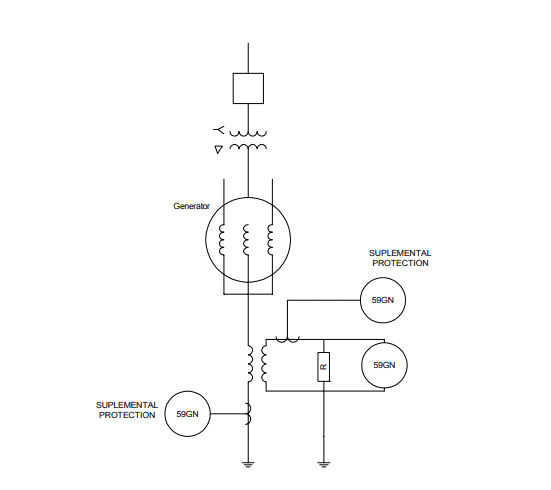sacrileger
Proven Member
- 288
- 43
- Jun 26, 2016
-
Orillia,
ON_Canada
I am refurbishing my old alternator which most likely failed due to worn out brushes; however, just to make sure, i am testing all the inner components: the rotor, stator and rectifier. Testing the stator and rotor was pretty straight forward but i found testing the md133171 rectifier challenging.
I watched a bunch of vids on how to test alternator components and i found the vid below to be the most comprehensive and concise:
as can be seen in the vid above, the rectifier which the dude is testing is not constructed in the same way as the md133171 rectifier:
while i eventually did get all the correct values i was supposed to after a few trials and errors, i'd like to be certain that i tested this rectifier correctly and wanted to ask if anybody here would have a link to resources, such as vids or step-by-step procedure, showing how to test this particular (md133171) rectifier... as well as the ones which are coded as follows:
MD133171
MD136839
MD136838
MD133513
MD169683
MD169683D
MD158495
I watched a bunch of vids on how to test alternator components and i found the vid below to be the most comprehensive and concise:
You must be logged in to view this image or video.
as can be seen in the vid above, the rectifier which the dude is testing is not constructed in the same way as the md133171 rectifier:
You must be logged in to view this image or video.
while i eventually did get all the correct values i was supposed to after a few trials and errors, i'd like to be certain that i tested this rectifier correctly and wanted to ask if anybody here would have a link to resources, such as vids or step-by-step procedure, showing how to test this particular (md133171) rectifier... as well as the ones which are coded as follows:
MD133171
MD136839
MD136838
MD133513
MD169683
MD169683D
MD158495





 .
.













